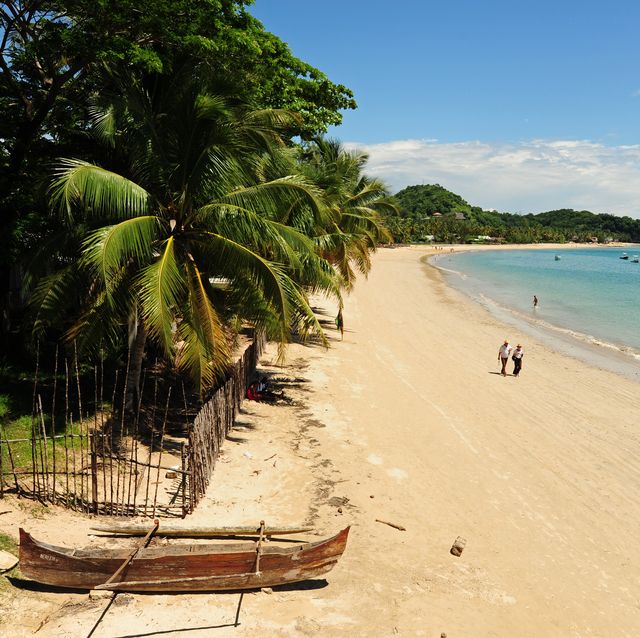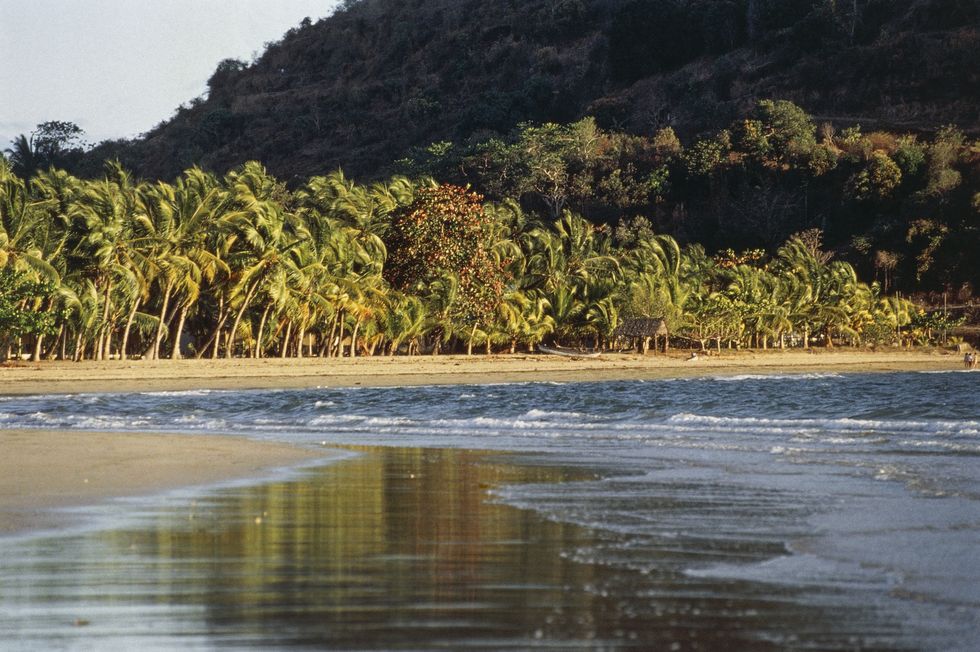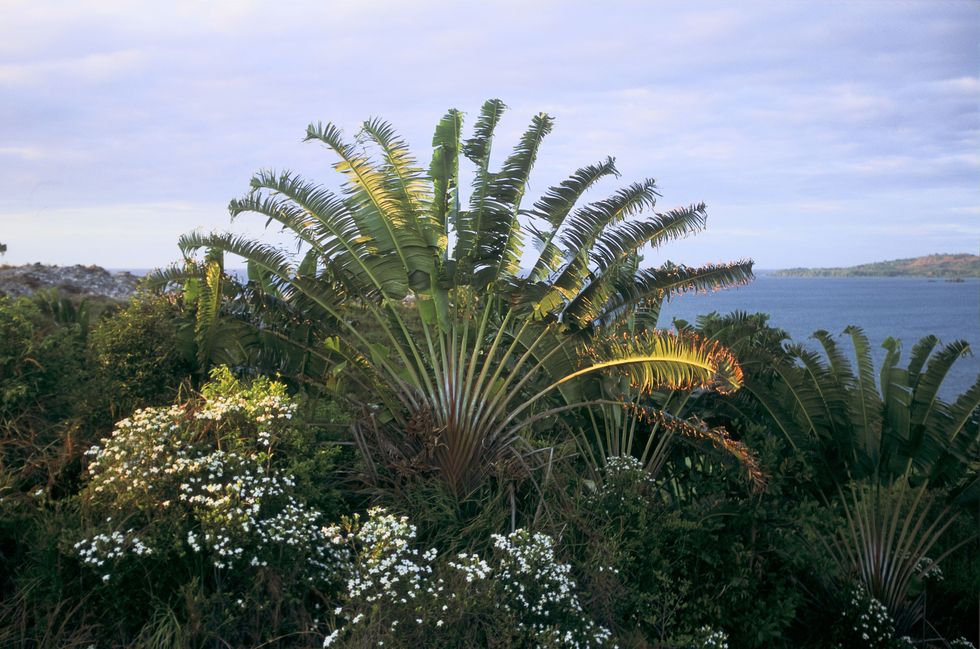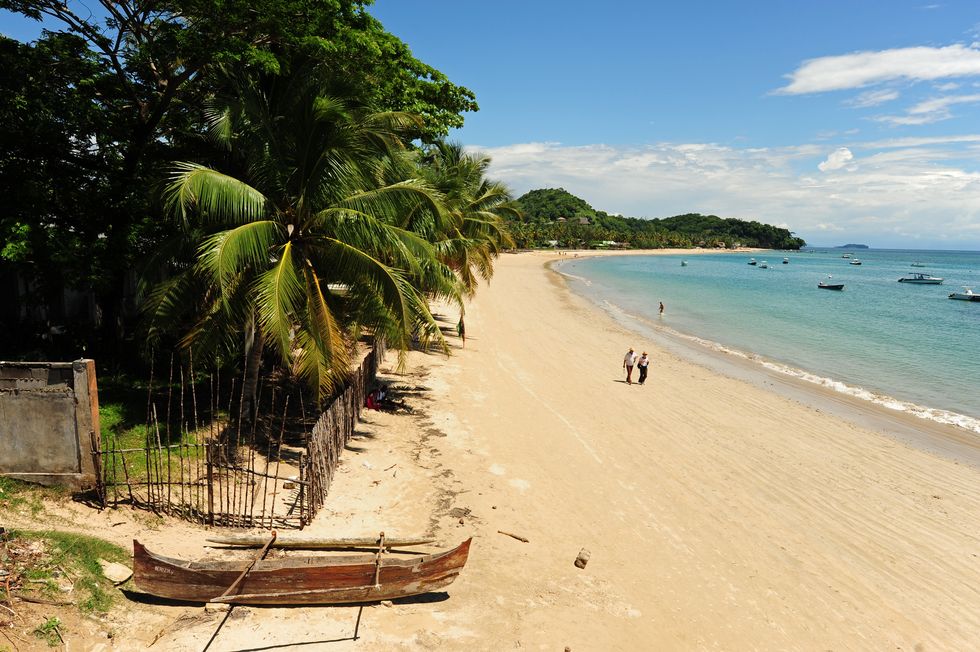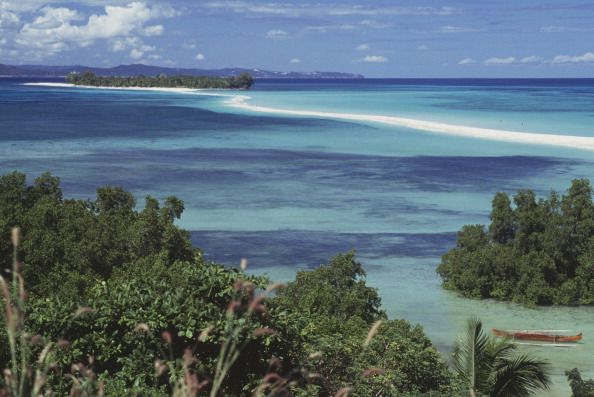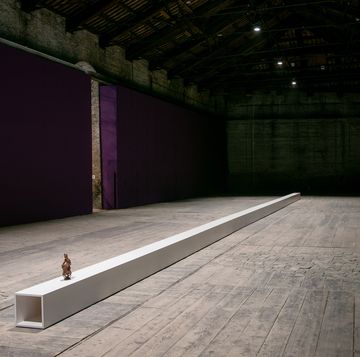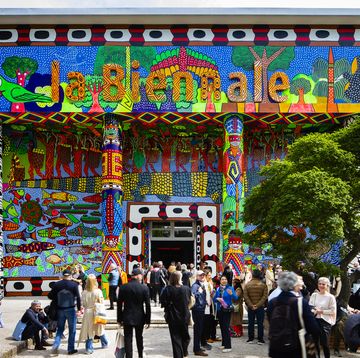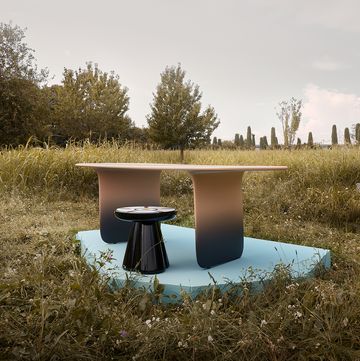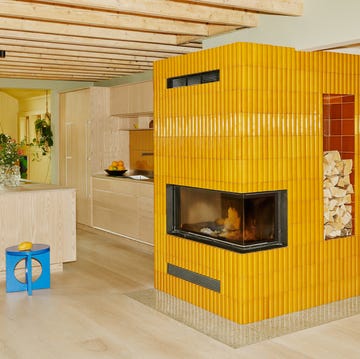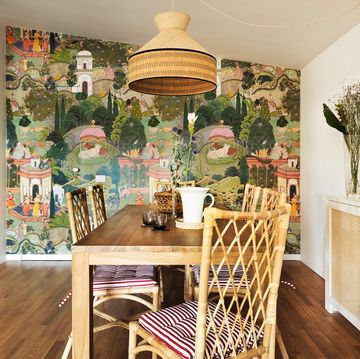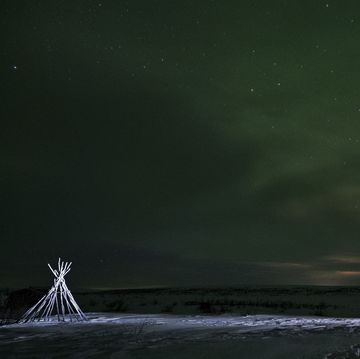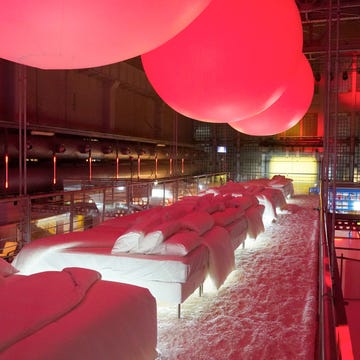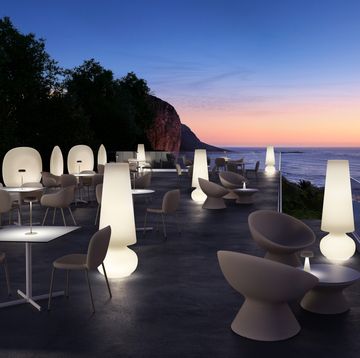Madagascar is an island state — an independent state that is either entirely confined to an island or to several islands and has no territory on the mainland of the continent. The country is located in the Indian Ocean, off the coast of Africa opposite Mozambique, and is famous for the extraordinary wildlife that inhabits it as the largest island in Africa. Today, with Elle Decor, we’re off to discover the best islands to visit in Madagascar along with a bit of local culture.
Madagascar’s history began when it broke away from Africa 140 million years ago (making it one of the oldest islands in the world) through the same process in which the Seychelles broke away from the supercontinent Gondwana. This independence led it to develop endemic animal species — those that exist only here, such as lemurs and some species of turtles and geckos. But the islands are also home to 60 types of snakes, crocodiles and, on special occasions, whales can be spotted in the sea off Sainte-Marie Island.
Like so many other parts of Africa, it too suffered the brunt of colonialism, which radically changed its appearance with the deprivation of mineral resources and deforestation (leading to the extinction of many unique specimens) The populations had to wait until 1958 before becoming independent. Eighteen major ethnic groups can be distinguished in Madagascar, predominantly of mixed Asian and African origin. Recent research suggests that the island was initially settled by people of Malaysian origin who arrived between 2000 and 1500 years ago.
The islands near Madagascar
Nosy Be and the archipelago
Nosy Be is the most famous and largest of the islands in the archipelago in the Mozambique Channel, a splinter in the great detachment that occurred millions of years ago. The island is often referred to as fragrant because on arrival one immediately notices the smell of coffee, cocoa and vanilla. In fact, Madagascar is one of the world’s largest producers of vanilla. But on the slopes of Mount Passot, in the center of the island, there are also mangoes, bananas, tamarinds, papayas and teak. From the top of the mountain one can admire beautiful sunsets and the entire bay of Nosy Mantra as well as the small islands that make up the archipelago.
The island of Nosy Be is home to many wonders, from volcanic lakes (populated by crocodiles) to an incredible variety of marine and non-marine wildlife. The marine wildlife is especially noteworthy if you are a snorkeler, and the best beaches for this are Ambatoloaka, Madirokely and Andilana, in the north of the island.
In addition to the natural wonders, you have to set aside a day to visit Hell Ville, the capital and largest city of the island. Particularly worth noting is the large covered market, Bazar Be, and be sure to walk by the colonial-style houses lining the town’s main street. For lemur lovers, we recommend Lemur Land Park, where every corner has lemurs ready to stare at visitors with their big yellow eyes.
Nosy Sakatia
Nosy Sakatia is located not far from Nosy Be and is known as Orchid Island. Spending a day here is an unforgettable experience with different types of excursions to explore the fishing villages, where you can taste the local food, the vanilla and coffee crops, and the orchids for which the island is famous. The island is considered a natural reserve and is protected as such by the government of Madagascar. It’s a peculiar, hilly terrain of volcanic origin that boasts a soil rich in minerals. The exotic garden is home to plants of all kinds, and on the sacred mountain, Ambo Hibe, lives the world’s smallest chameleon — hardly a centimeter long.
Nosy Komba
Nosy Komba is adored for its pristine, uncrowded beaches and waters that lend themselves beautifully to diving. The island is essentially a mountain covered by a dense tropical forest where time seems to stand still: there are no roads, only paths, and the inhabitant live in typical constructions made of wood and palm leaves. The vegetation here is teeming with lemurs called macaques (from the maki maki call) that pop up throughout the many trails leading to the mountain. What’s special about the lemurs on this island is that the male is pitch-black while the female has a brownish hue with its eyes outlined in white.
Another must-see is the village of Ampangorina, where you can find beautiful examples of local art and craftsmanship.
Nosy Iranja
We’re actually talking about two sister islands, Nosy Iranja Kely and Nosy Iranja Be, connected by a striking strip of sand. This is a large nature reserve where sea turtles and coconut crabs — the largest land arthropods named for their ability to break coconuts with their claws — have decided to nest. Meanwhile, swimming with turtles is a life-changing experience providing a sense of complete freedom.
According to legend, the two islets were born from a spell capable of keeping two young lovers apart forever. Another beautiful image compares the outlines of the two islands to the silhouettes of a mother and her child, bound by the strip of sand as if by an umbilical cord.
Isola Fanihy
This island is a kind of atoll surrounded by beautiful corals and characterized by the solitude of its beach, populated only by the very rare fish eagle. Visitors come to the island to admire the marine life here, diving headlong into the crystal clear waters. But the island is also famous for another reason, believed to be the inspiration for writer Daniel Defoe’s famous Robinson Crusoe. The local population considers this place sacred.
Île Sainte Marie
Located northeast of Madagascar, Sainte Marie is a tropical paradise 60 km long and 5 km wide. An ancient pirate hideout, it features extensive vegetation and an incredible seabed.
The island’s lagoon has important coral constructions that allow it to enjoy the status of a protected natural site. Sheltered from sharks, it’s also a refuge for humpback whales that breed during the mating season. Whales travel nearly 5,000 km to Madagascar, where they stay a few months to breed (June to September). In the far north of the island are wonderful natural pools that follow one after another, protecting from the strong waves of the Indian Ocean. They are simply reached by moped and a guide is mandatory.
Ile Sainte Marie is also home to another special feature, one of the only legitimate pirate cemeteries in the world, which, located atop a hill, still holds dilapidated tombstones with worn engravings telling of their presence on the island. For 100 years, Ile St. Marie was home to some 1,000 pirates as a shelter and safe bay for stopovers and returning pirates with cargos full of treasure plundered during expeditions to the East Indies.
